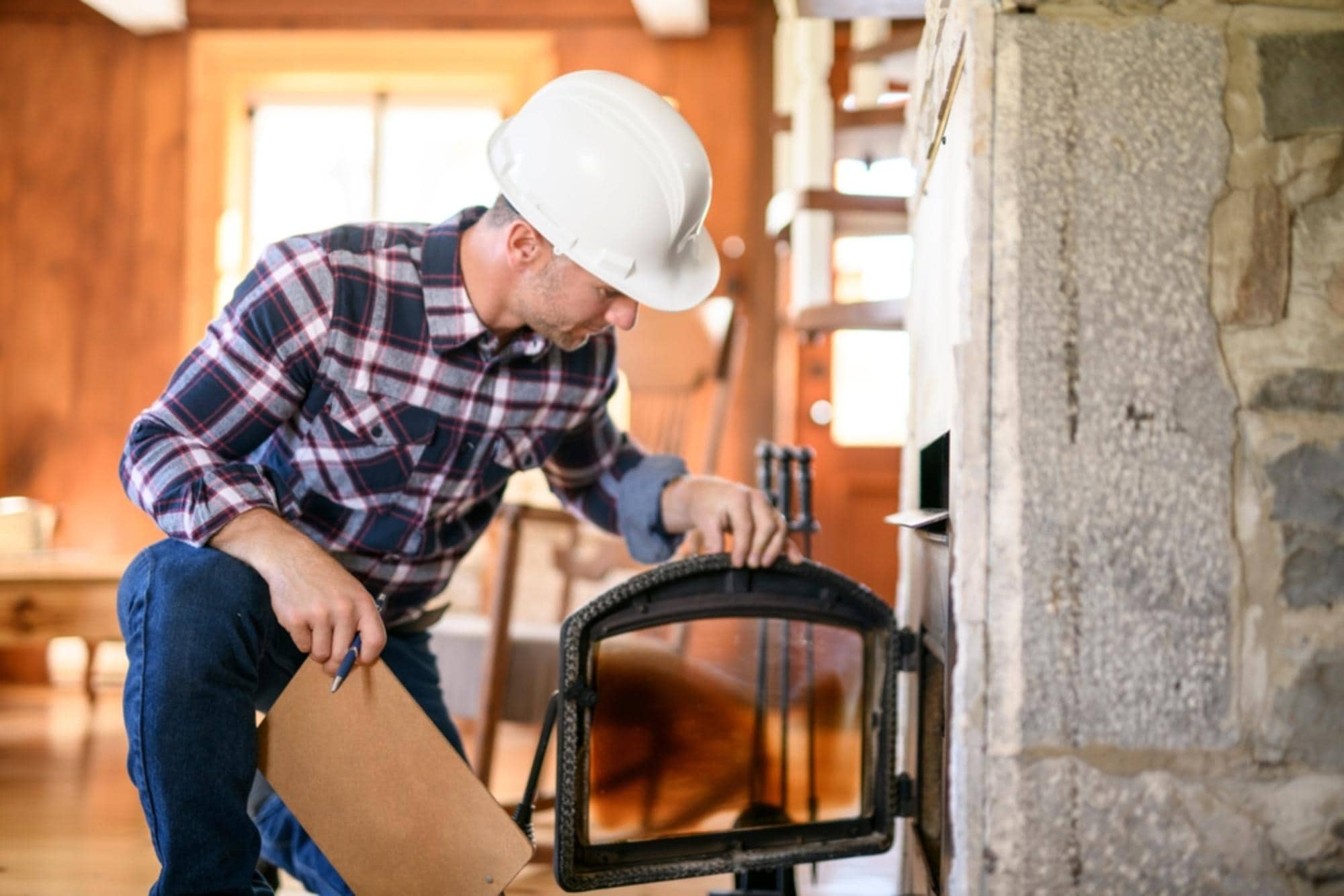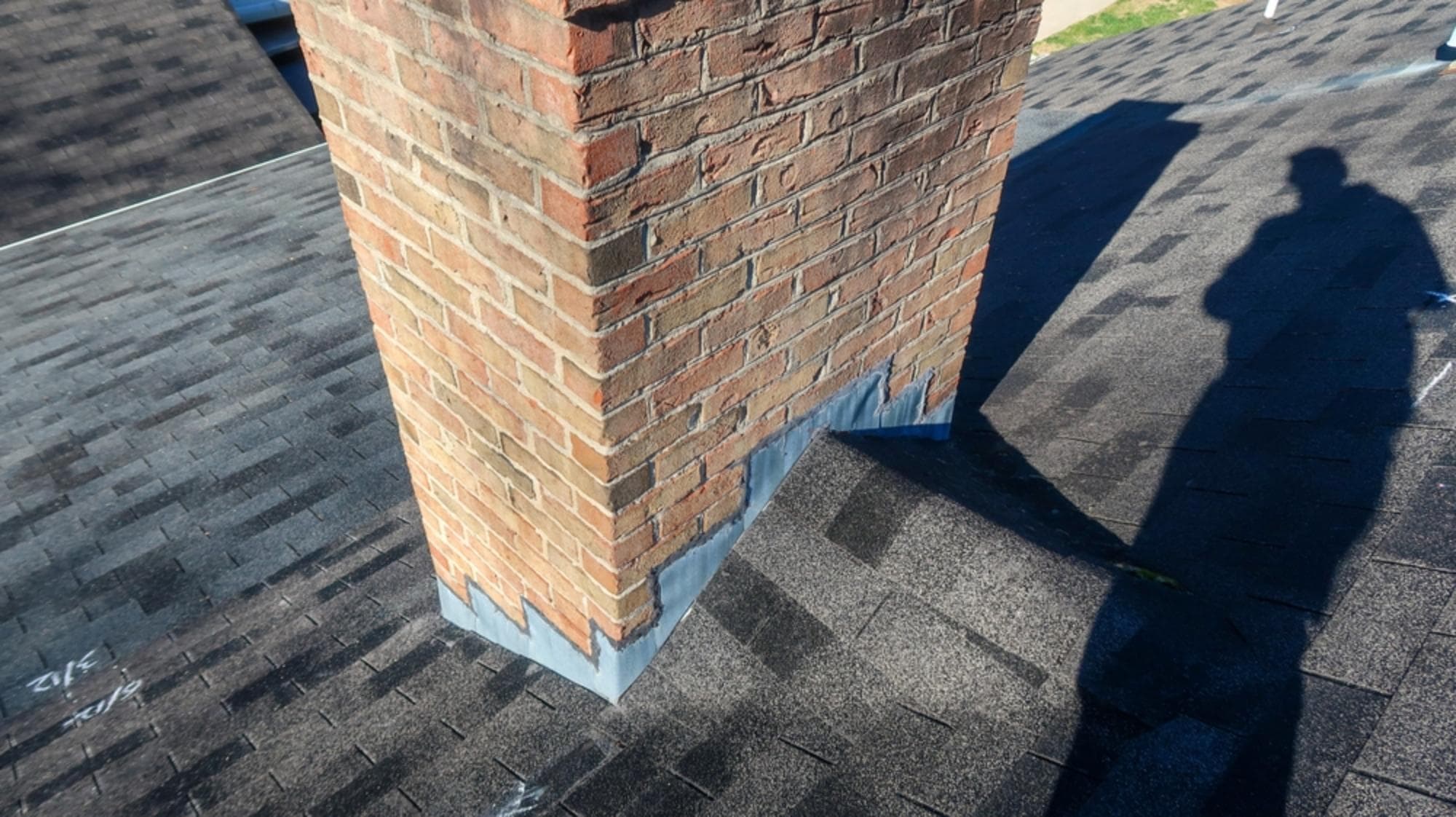Your fireplace should bring comfort, not worry. Professional chimney inspection in Fall River catches problems before they become dangerous.

Hear from Our Customers

You get peace of mind knowing your chimney won’t put your family at risk. A thorough inspection catches creosote buildup, structural damage, and ventilation issues that could lead to house fires or carbon monoxide problems.
When your chimney passes inspection, you can enjoy your fireplace without second-guessing every crackle. You’ll know the flue is clear, the liner is intact, and your home is protected from the dangers that come with neglected chimneys.
No more wondering if that smell is normal or if those cracks in the crown are serious. You get clear answers and a detailed report that tells you exactly what’s working and what needs attention.
We’ve been keeping Fall River homes safe since the late 1990s. We understand how coastal moisture affects chimney brickwork in this area and know the specific creosote patterns that develop from the types of wood commonly burned here.
Fall River’s older homes often have unique chimney challenges. We’ve seen everything from century-old masonry that needs careful evaluation to newer systems with modern liner requirements. Our inspectors know what to look for in Bristol County’s varied housing stock.
We’re not the cheapest option, and that’s intentional. You’re investing in thorough inspection that actually finds problems before they become emergencies, not a quick look that misses critical safety issues.

We start with a complete visual examination of your chimney’s exterior, checking the crown, cap, and flashing for damage or wear. Then we move inside to examine the firebox, damper, and smoke chamber for proper operation and structural integrity.
The flue inspection is where most problems hide. We use specialized tools and cameras when needed to check for creosote buildup, cracks in the liner, or blockages that could cause dangerous backdrafts. Every accessible component gets evaluated against current safety standards.
You receive a detailed written report explaining our findings in plain language. If we find issues, we explain what needs immediate attention versus what can wait, along with realistic cost estimates for any recommended repairs.

Ready to get started?
Your inspection includes evaluation of all chimney components from foundation to cap. We check structural integrity, proper ventilation, and safety systems to ensure your chimney meets current codes and operates safely.
Fall River’s location near the coast means chimneys face unique challenges from salt air and moisture. We specifically look for corrosion patterns and deterioration common to this area, plus the freeze-thaw damage that affects masonry during New England winters.
Level 1 inspections cover routine annual evaluations for regularly used chimneys. Level 2 inspections include camera evaluation of the flue interior, typically required for real estate transactions or after weather events. Level 3 inspections involve accessing hidden areas when serious problems are suspected.
